
The method that is currently being used to store wind energy is pumped storage: the surplus of wind power is used to pump water from a hydrant tank (lower tank) to a water reservoir tank (top tank) and it is stored as water at a high level.
The method that is currently being used to store wind energy is pumped storage: the surplus of wind power is used to pump water from a hydrant tank (lower tank) to a water reservoir tank (top tank) and it is stored as water at a high level.
This water is released during peak demand or when there is apnea so as to help a turbine to generate energy and to come back to the intake tank.
The pumped-storage technology is considered reliable in technical and economic terms, it is completely environmentally friendly and can be easily installed in areas that have the appropriate topography and water resources.
But what happens in the case of offshore wind energy produced by wind turbines installed at sea?
This question has a particular importance for the future of this technology as in the first half of 2015 in Europe there was greater offshore wind power than any other year since several large projects were completed and the installation of larger wind turbines achieved.
In numbers, the first half of 2015 almost 2342.90 megawatts were settled down, power three times as the installed during the same period last year. As a result, the installed offshore wind capacity in Europe stood at 10393.60 megawatts of 82 offshore wind farms in eleven countries.
Germany aims to wean completely from nuclear power in the next decade and led for decades in both photovoltaics and wind power (along with Denmark).
In this context the Germans develop storage solutions for wind energy at sea. In particular, the construction company Hochtief is working with researchers of the Fraunhofer Institute on a project called ‘Stensea’ (Stored Energy in the Sea- Energy Saving Sea). The aim is to develop a large-scale pumped-storage technology offshore.
The core of the compensatory power plant consists of 200 hollow spherical reservoirs, which are made of concrete and are fastened to the seabed near the offshore wind farm.
When the wind blows, the balls remain empty. In case of low wind production, the giant 30-meter diameter balls inundated with water and generate power through the movement of a "piston" inside.
The power of each system is estimated at 20 megawatts. To ensure the short-term energy supply in nationwide level there are required up to 200 such balls with total storage capacity of four gigawatts.
According to current projections, there could be constructed such a gigantic modern facility for offshore wind turbines in five to ten years.
Source: econews
Source: econews
Want to read more like this story?

Offshore wind power can potentially meet the world's electricity demand
Oct, 30, 2019 | NewsAccording to a report issued by the International Energy Agency(IEA), as technology evolves, th...

The first offshore wind farm in the US will become operational by the end of 2016
Aug, 16, 2016 | NewsThe project is called Block Island Wind Farm and will supply electric power to 17,000 households...

Wind Turbines On Bridges
Aug, 07, 2015 | NewsPhotovoltaic systems have the advantage of flexibility, since they can be installed in various place...
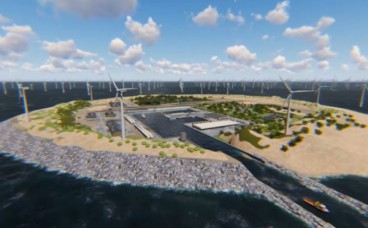
Αn artificial island which will generate wind energy for 80 million Europeans is planned to be built in the North Sea
Jul, 14, 2017 | NewsDanish, Dutch and German firms are behind the innovative project Danish, Dutch and German firms are...
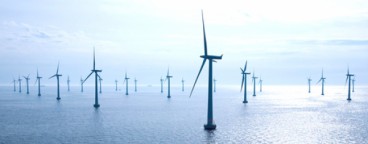
Denmark hit a world record producing 42% of its electricity from wind
Feb, 16, 2016 | News2015 was another record-breaking year for Danish wind power In fact, Danish wind turbines generat...
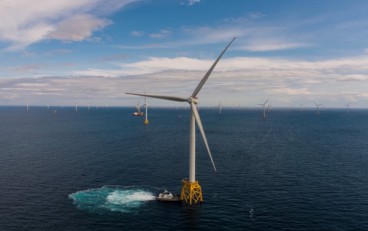
United Kingdom to power all residences by wind farms in the following decade
Oct, 05, 2020 | NewsThe government of the United Kingdom announced that wind farms can power all its residences by 2030....
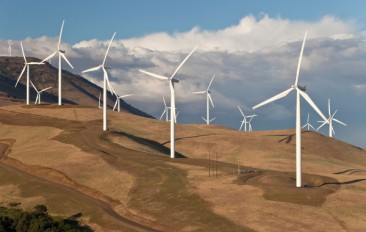
World's wind power capacity increased by a record 19% in 2019
Apr, 08, 2020 | NewsWind power industry has experienced impressive growth during the past year resulting in a total 19%...

How to manipulate windmills full power in a large wind farm
Oct, 10, 2018 | NewsWind turbines convert the wind's kinetic energy into electrical energy. As wind farms utilize m...
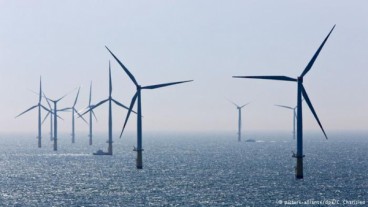
Wind Turbines and Energy Efficiency
Aug, 31, 2015 | NewsThe recalculations of the Max Planck Institute for Biogeochemistry show that more wind turbines don&...
Trending
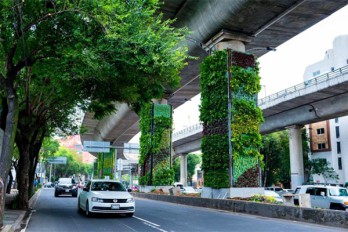
Vertical gardens in Mexico City to combat pollution

Characteristics of Load Bearing Masonry Construction

Taipei 101’s impressive tuned mass damper

Dutch greenhouses have revolutionized modern farming

The Line at Neom faces feasibility reassessment while construction continues

The Line at Neom faces feasibility reassessment while construction continues

King Salman Gate unveiled adjacent to Mecca’s Grand Mosque

